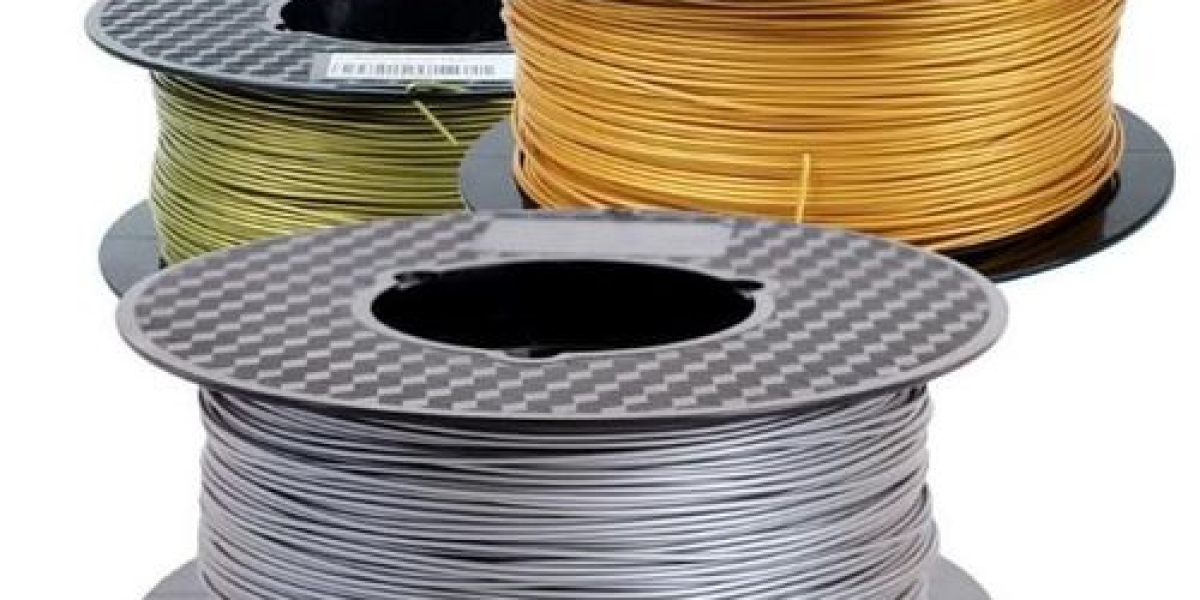Among these innovations, antibacterial PLA (Polylactic Acid) filament has emerged as a revolutionary material with applications ranging from surgical tools to prosthetics and even medical implants. By incorporating antibacterial agents into PLA, this filament effectively inhibits the growth of bacteria, creating safer, more hygienic medical devices and tools. Here, we explore the various applications of antibacterial PLA filament in the medical field and how it is transforming healthcare.
Creating Safer Surgical Instruments
Surgical instruments need to meet strict standards for cleanliness and sterilization. Traditional instruments require thorough cleaning and sterilization between uses, but 3D printed tools made from antibacterial PLA offer an added layer of safety. The antibacterial properties in the PLA inhibit bacterial growth on the surface of instruments, reducing the risk of cross-contamination during surgeries or medical procedures.
For specific, single-use instruments or custom-designed tools, antibacterial PLA also offers a cost-effective solution. Hospitals can design and print customized instruments for unique procedures, knowing that the antibacterial properties will help maintain a hygienic surface even during extended procedures. Furthermore, antibacterial PLA instruments are often less costly to produce, making it easier for healthcare providers to utilize disposable, patient-specific tools that meet stringent hygiene requirements.
Prosthetics and Orthotic Devices
One of the most impactful applications of 3D printing in healthcare is the production of prosthetics and orthotic devices. Antibacterial PLA enhances these applications by offering safer, more hygienic solutions for patients. Prosthetics and orthotics are typically worn for extended periods, creating a breeding ground for bacteria due to sweat and moisture. Traditional materials can harbor bacteria and lead to infections or skin irritations, particularly in immunocompromised patients.
Using antibacterial PLA to produce prosthetics and orthotics reduces the risk of bacterial buildup, making them safer for long-term use. This application is particularly beneficial in children and individuals with sensitive skin, as the antibacterial properties help maintain a cleaner, healthier environment for the user. Additionally, 3D printing with antibacterial PLA enables rapid, customized production, providing patients with personalized devices that are not only comfortable and effective but also safer.
Patient-Specific Medical Implants
As 3D printing technology advances, the ability to create custom implants tailored to a patient’s anatomy has become more accessible. Antibacterial PLA offers a promising material for temporary medical implants, especially for situations where infection prevention is crucial. For example, antibacterial PLA can be used to produce cranial implants, dental scaffolds, or other temporary implants that may be exposed to bodily fluids and potential bacterial contamination.
The use of antibacterial PLA in these implants can help reduce post-surgical infections, improving recovery outcomes for patients. Although traditional PLA is biodegradable and breaks down within the body over time, the antibacterial properties ensure that the implant remains sterile during its effective period. This reduces the need for additional antibiotics, supporting a more natural healing process and potentially lowering the risk of antibiotic resistance.
Medical Models for Training and Planning
Medical professionals often use 3D printed models for training, surgical planning, and educational purposes. With antibacterial PLA, these models can be safely handled and used in realistic practice scenarios without harboring harmful bacteria. This is particularly advantageous in high-traffic areas, such as medical labs, where multiple individuals handle the same models.
Antibacterial PLA models provide a safe, clean environment for students, surgeons, and practitioners, especially when simulating procedures on anatomical models. These models can be printed quickly and affordably, allowing for greater flexibility in medical education and reducing potential health risks associated with repeated handling.
Conclusion
Antibacterial PLA is a groundbreaking material that has opened new possibilities for 3D printing applications in the medical field. From safer surgical tools and prosthetics to patient-specific implants and educational models, antibacterial PLA offers enhanced hygiene, safety, and practicality in healthcare. As the medical industry continues to embrace 3D printing, antibacterial PLA stands out as a versatile, patient-centered material that supports infection control and improves overall patient outcomes. Its potential to revolutionize healthcare by providing safer, more customized medical solutions makes antibacterial PLA a valuable asset in the evolution of medical 3D printing.








